The boundaries of architectural design have been pushed to extraordinary limits
across the globe, creating structures that challenge our perception of what buildings
can be. From gravity-defying shapes to buildings that seem to defy the laws of
physics, these architectural wonders showcase human creativity at its most daring
and innovative.
Let’s explore the 25 most unusual and captivating architectural designs that have
transformed skylines and challenged conventional wisdom.
The Dancing House, Prague
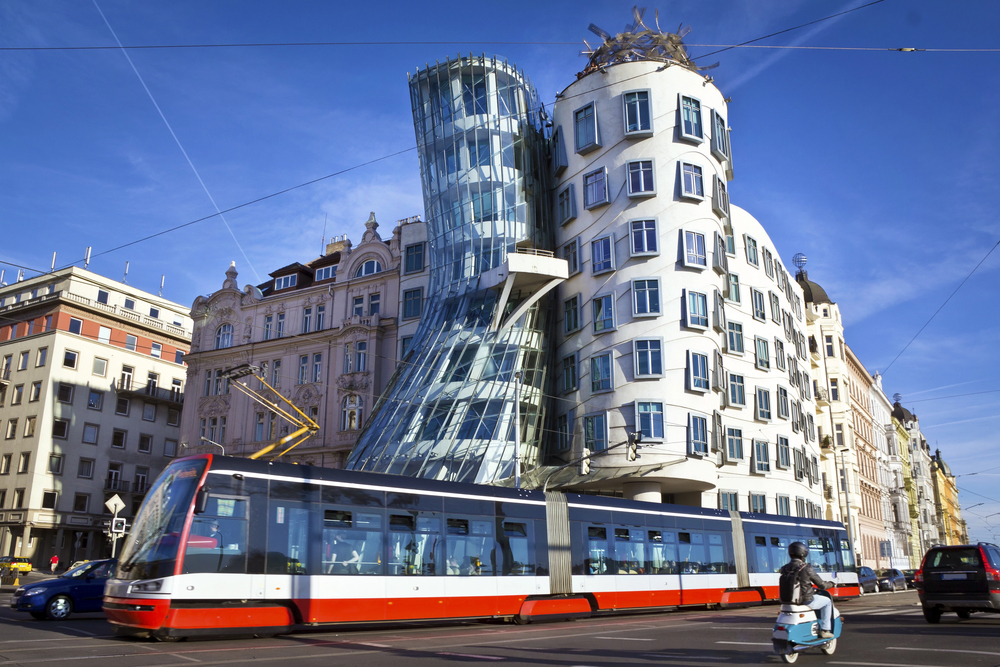
The Dancing House in Prague represents a startling departure from traditional Czech
architecture, with curved lines appearing to sway in an eternal dance. The building’s
twisted shape and mismatched windows create an illusion of movement that makes
passersby stop.
Its nickname ‘Fred and Ginger’ comes from its resemblance to a pair of dancers, with one glass tower curving gracefully against its more structured concrete partner.
Crooked House, Sopot
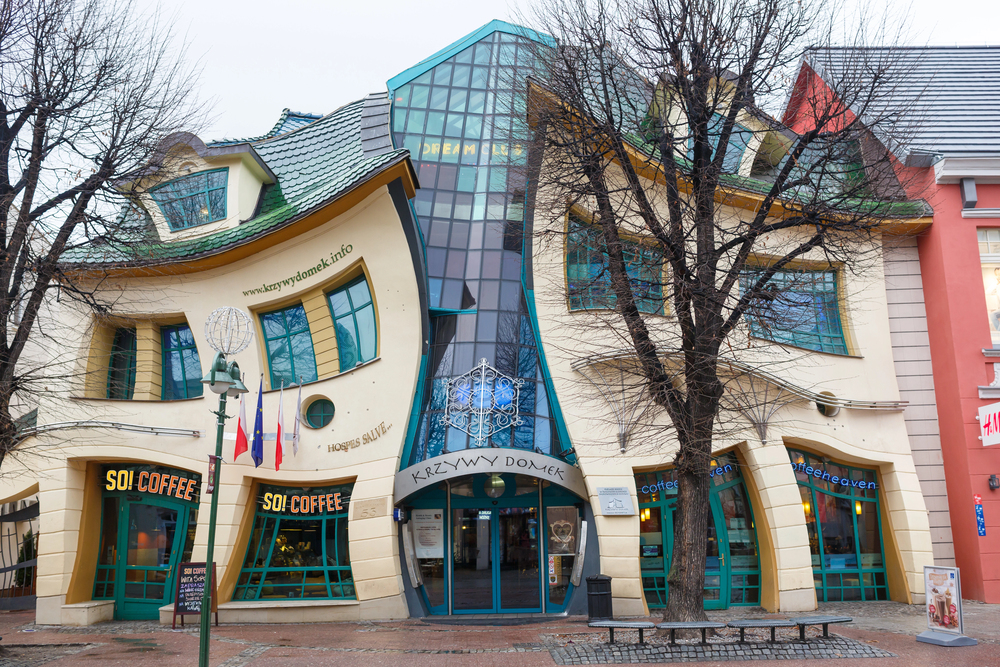
Poland’s Krzywy Domek, known as the Crooked House, appears as if viewed
through a funhouse mirror with its warped and melted facade. The building’s surreal
design draws inspiration from the fairytale illustrations of Jan Marcin Szancer and
Per Dahlberg’s artwork, creating an architectural spectacle that appears impossible
to construct.
Its warped windows, curved lines, and undulating walls make it one of the most photographed buildings in Sopot.
Like Travel Pug’s content? Follow us on MSN.
Upside-Down House, Terfens
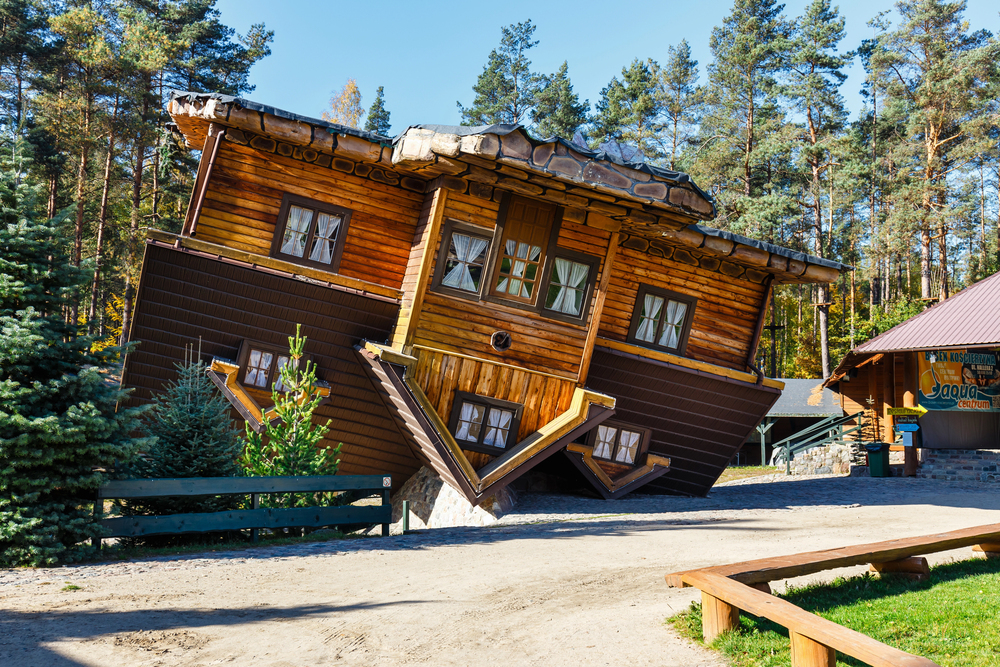
The Upside-Down House in Terfens, Austria, stands on its roof with its foundation
pointing skyward, completely inverting our expectations of residential architecture.
The interior maintains the inverted orientation with furniture attached to the ceiling,
creating a disorienting experience for visitors.
This architectural oddity serves as both a tourist attraction and a commentary on conventional perspectives in design.
Forest Spiral, Darmstadt
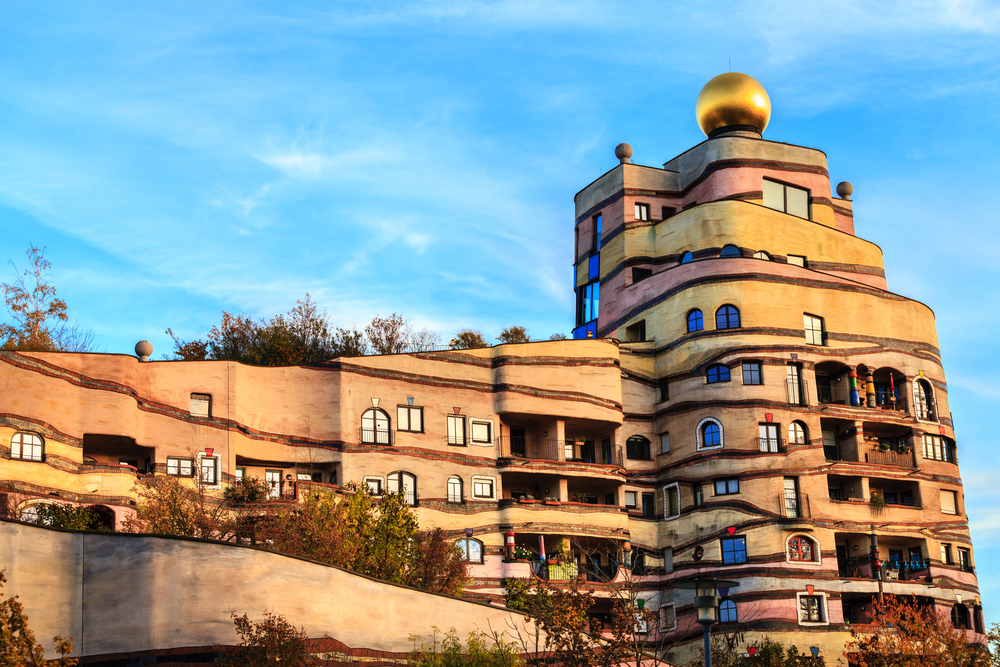
The Hundertwasser-designed Waldspirale in Darmstadt, Germany, features a spiral
design incorporating trees and vegetation as integral parts of its architecture. The
building’s undulating facade includes over 1000 windows, with no two exactly alike, while its roof garden supports full-sized trees.
Its creator rejected straight lines entirely, believing natural curves better reflect human nature and environmental harmony.
Cube Houses, Rotterdam
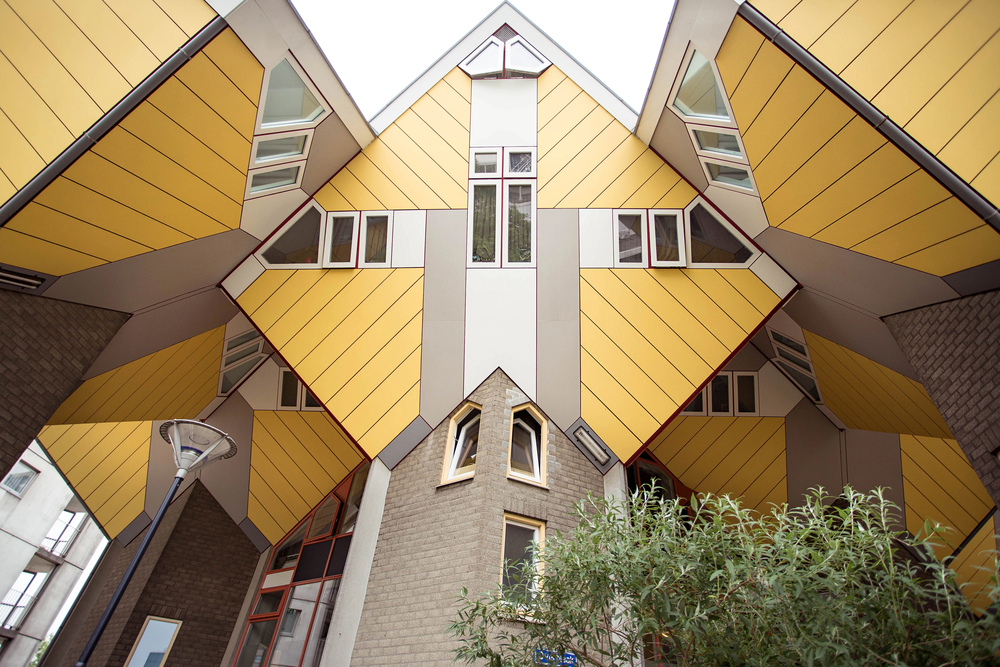
Rotterdam’s Cube Houses tilt at a 45-degree angle, creating residential spaces that
challenge traditional notions of room layout and living spaces. Each cube creates the
illusion of a forest of abstract trees in the urban landscape.
The unique orientation requires custom-designed furniture and creates triangular walls that serve as windows and ceilings.
Like Travel Pug’s content? Follow us on MSN.
Habitat 67, Montreal
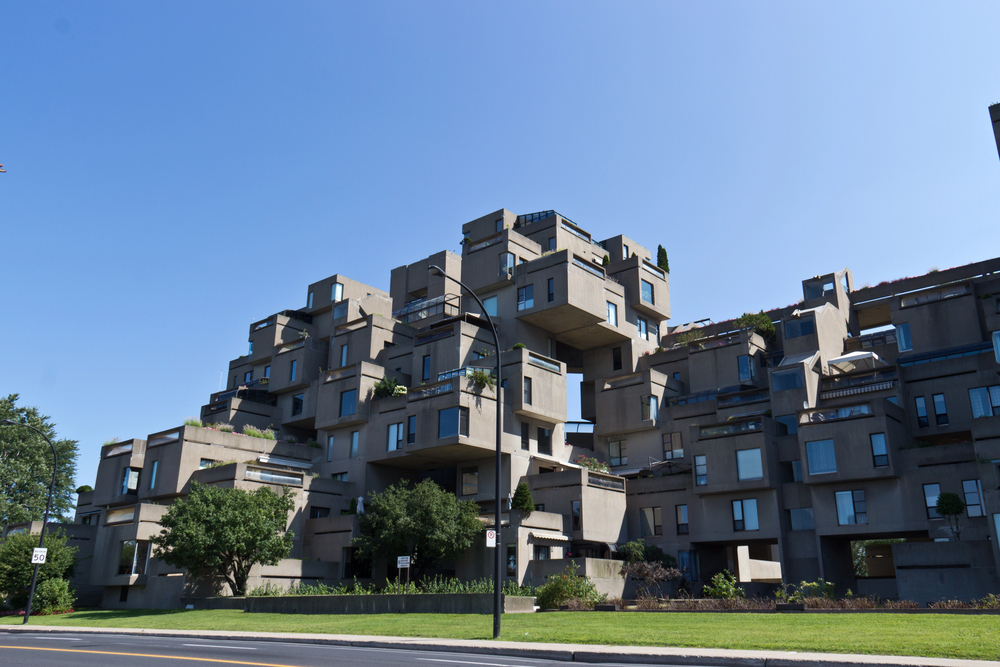
Montreal’s Habitat 67 consists of 354 identical concrete forms arranged in various
combinations, creating a massive sculptural matrix of living spaces. Each unit
connects to create private terraces and suspended walkways, forming a three-
dimensional urban landscape.
The complex represents a groundbreaking approach to high-density housing while maintaining the benefits of suburban living.
Bubble Palace, Théoule-sur-Mer
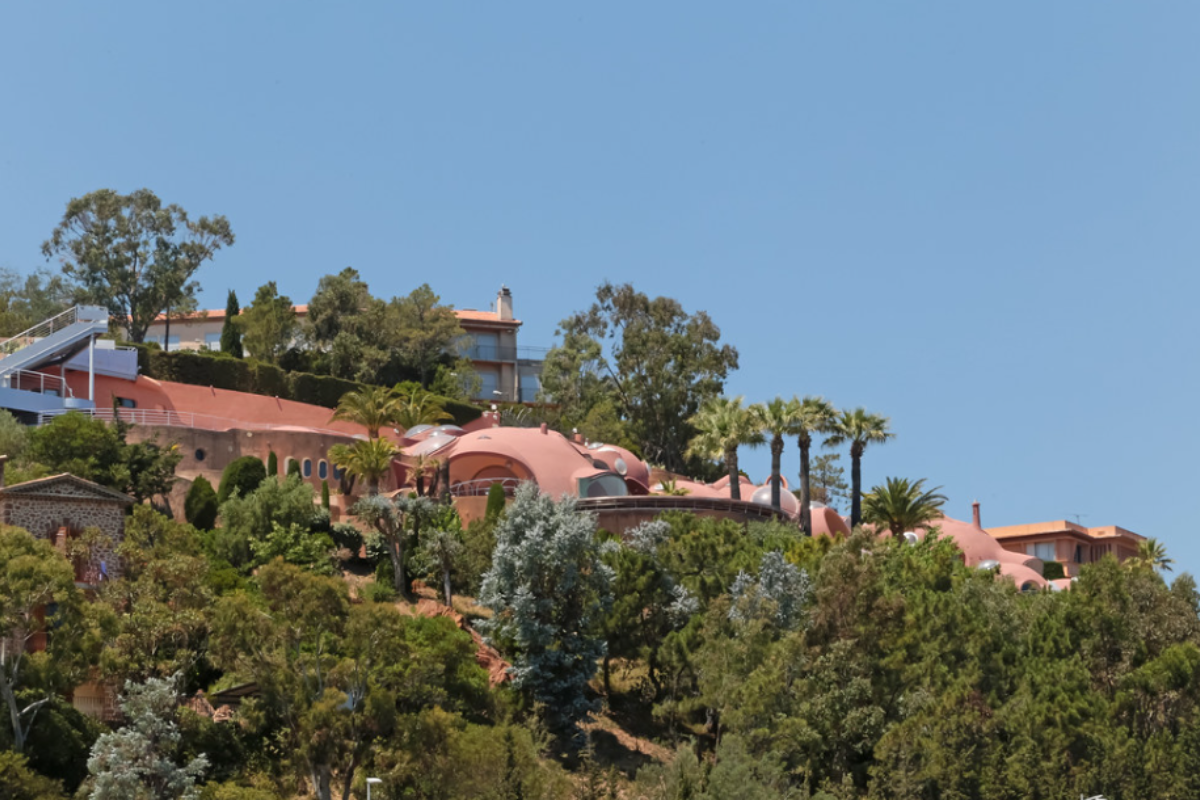
The Bubble Palace in Théoule-sur-Mer, France, eliminates straight lines in favor of
spherical forms that flow into each other like organic cells. The structure consists of
interconnected terracotta-colored domes that seem to emerge from the rocky
Mediterranean landscape.
Its circular windows and porthole-like openings create an otherworldly atmosphere that blurs the line between architecture and sculpture.
Nautilus House, Mexico City
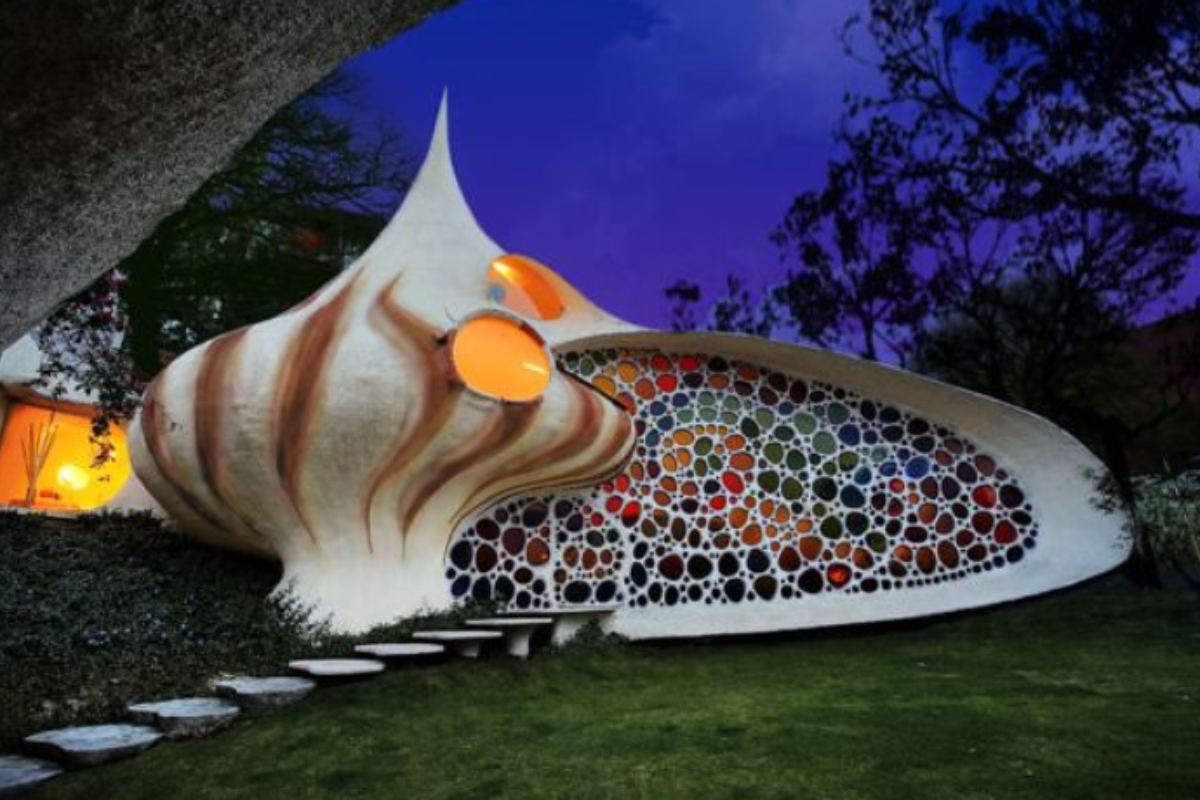
Mexico City’s Nautilus House takes its design cues from the logarithmic spiral found
in nautilus shells, creating a flowing living space that winds around a central point.
The structure uses ferrocement construction to achieve its unique curved forms,
while colorful stained glass windows create rainbow patterns throughout the interior.
Its biomorphic design represents a perfect marriage of natural forms and modern
construction techniques.
Like Travel Pug’s content? Follow us on MSN.
UOB Building, Bangkok
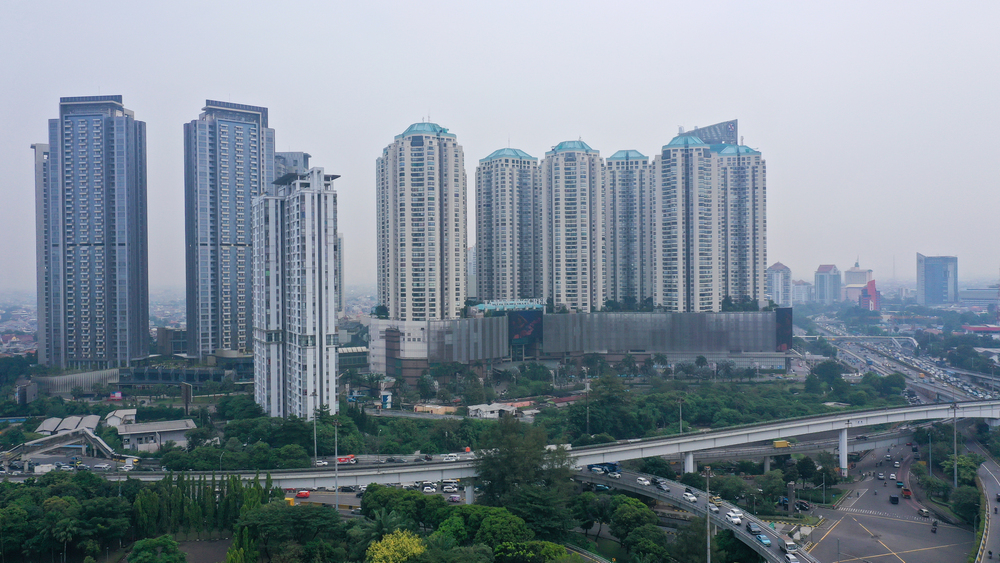
Bangkok’s UOB Building resembles a giant robot with ‘eyes’ made of reflective
windows and antennae-like structures on its roof. The building’s metallic facade and
bolt-like decorative elements create a convincing mechanical appearance that
stands out dramatically against the city’s skyline.
Its design pays homage to Thailand’s growing technological industry while creating an unforgettable architectural landmark.
Longaberger Basket Company Headquarters, Newark
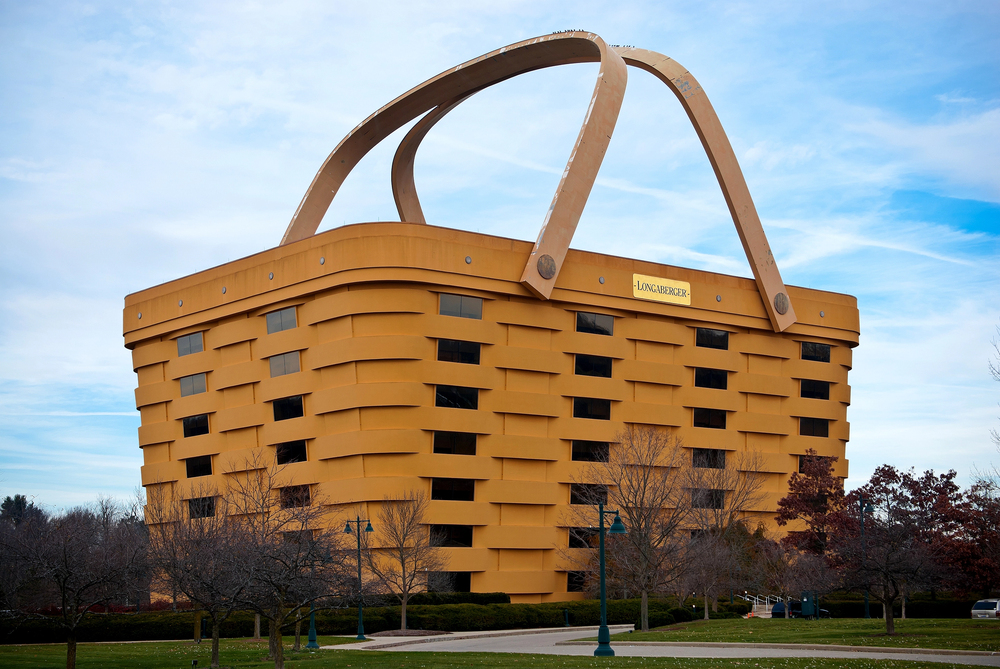
The Longaberger Basket Company headquarters in Newark, Ohio, takes corporate
branding to new heights by shaping its office building like a giant picnic basket. The
seven-story structure features handles heated to prevent ice formation and basket
weave details scaled up to architectural proportions.
Its interior maintains a professional office environment, while its exterior is a massive advertisement visible for miles.
Atomium, Brussels
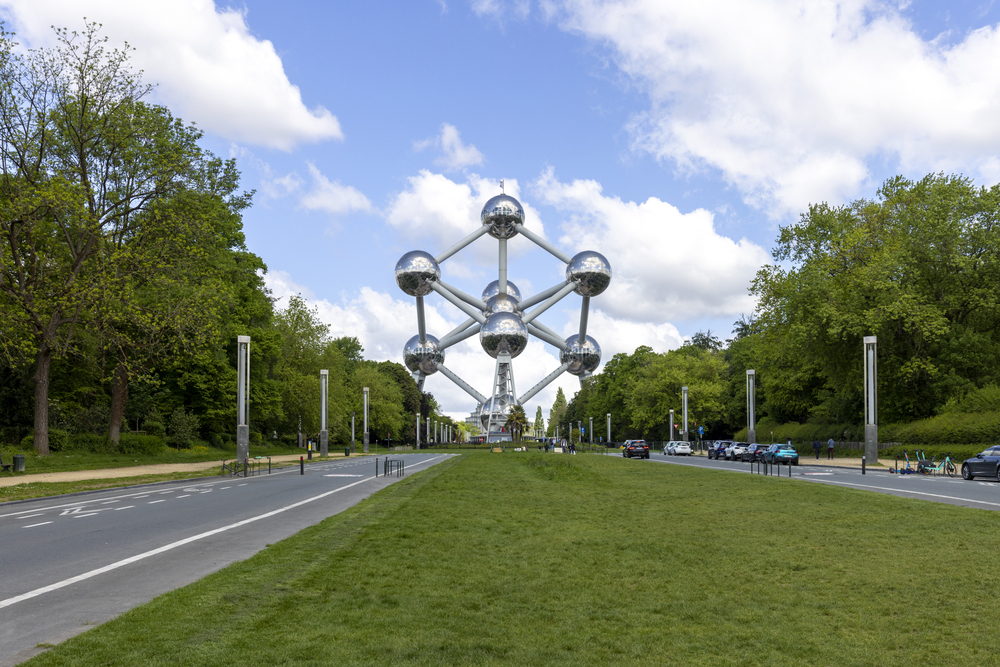
Brussels’ Atomium represents an iron crystal magnified 165 billion times, creating a
series of interconnected spherical structures that visitors can explore. The stainless
steel-clad spheres house exhibitions and restaurants, connected by tubes containing
escalators and walkways.
Its unique design represents scientific achievement and architectural innovation, creating a landmark that defines the Brussels skyline.
Like Travel Pug’s content? Follow us on MSN.
Casa do Penedo, Portugal
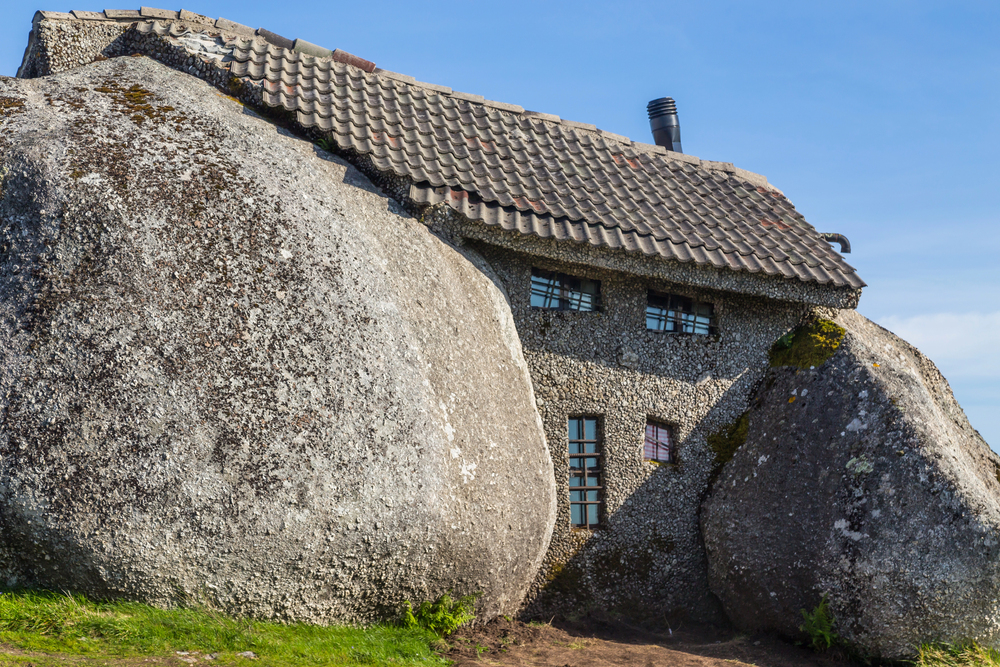
Portugal’s Casa do Penedo sits wedged between four massive boulders that serve
as its foundation, walls, and ceiling, creating a structure that seems to emerge
naturally from the mountainside. The prehistoric-looking dwelling uses rock-hewn
features and rustic materials to blend seamlessly with its rocky surroundings while
providing modern living amenities.
This unique home demonstrates how architecture can adapt to and incorporate natural formations rather than imposing artificial structures upon the landscape.
Casa Casa Batlló, Barcelona
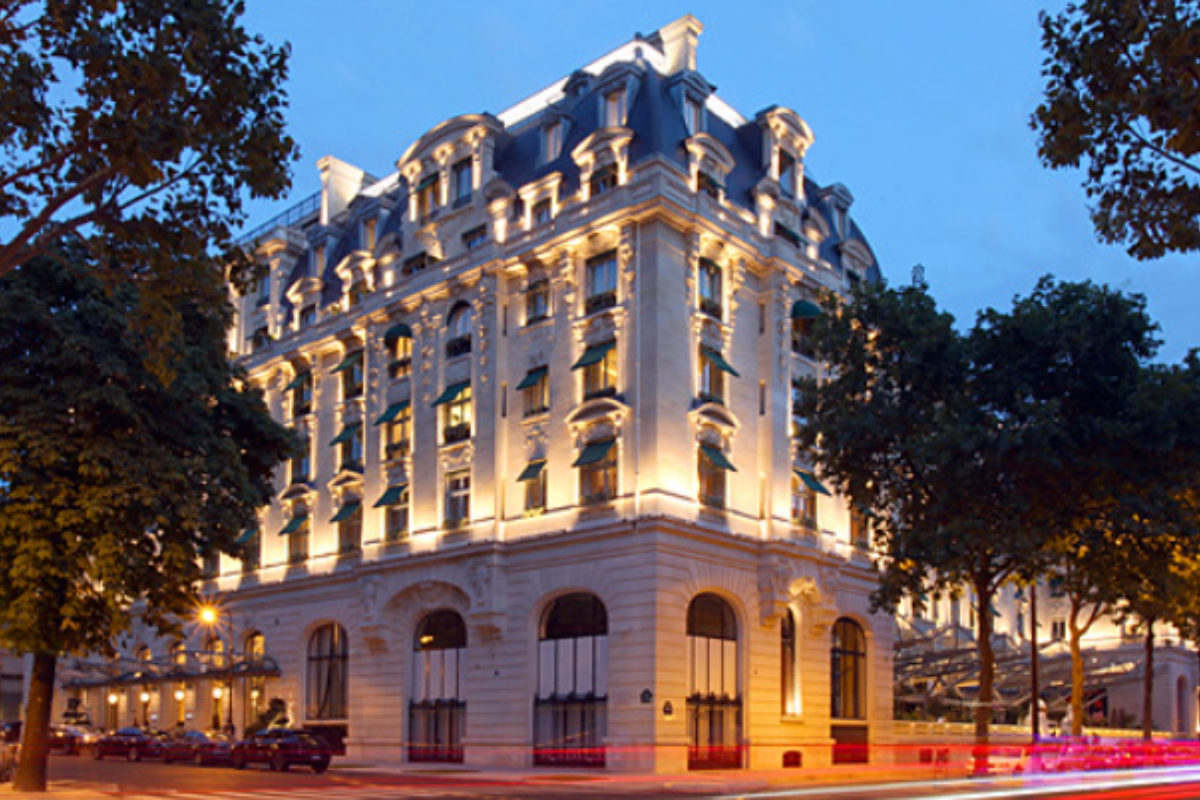
Barcelona’s Casa Batlló, one of Antoni Gaudí’s masterpieces, features a facade that
drips and flows like wax, with balconies resembling skeletal masks and a roof
reminiscent of dragon scales. The building’s organic forms and brilliant colors reflect
Gaudí’s unique interpretation of Catalan Modernisme, rejecting straight lines in favor
of natural curves and flowing shapes.
Its interior spaces feature similarly undulating walls and ceilings, creating a completely immersive artistic environment that exemplifies the architect’s distinctive style.
Crystal Houses, Amsterdam
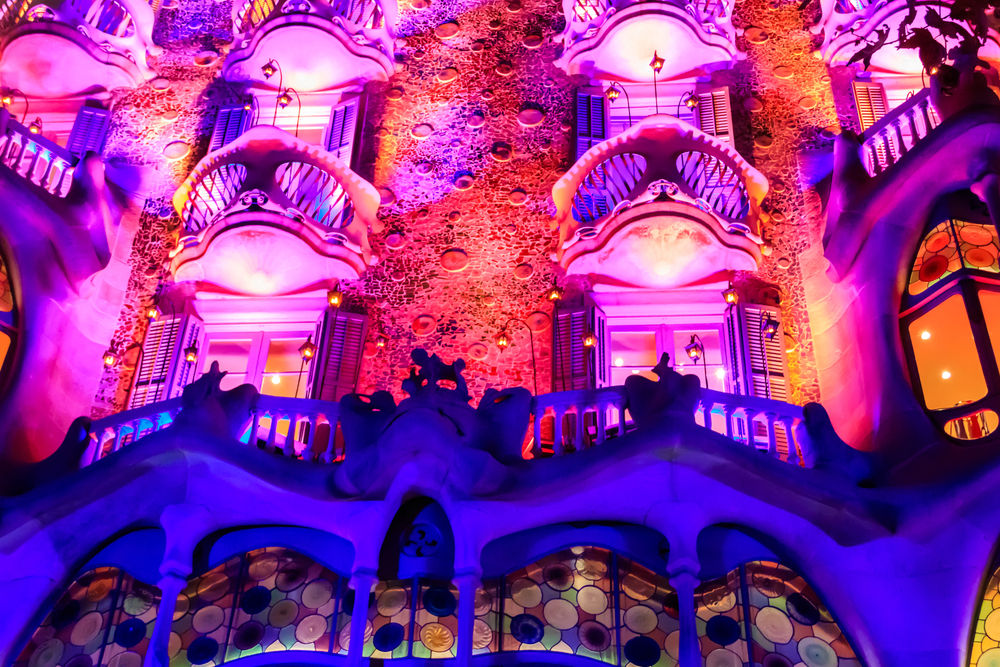
Amsterdam’s Crystal Houses feature a facade made entirely of glass bricks that
gradually transition into traditional terracotta bricks. The transparent base allows
passersby to see the building’s structural elements while creating a stunning visual
effect.
This innovative use of glass construction technology bridges historical architecture and modern design possibilities.
Like Travel Pug’s content? Follow us on MSN.
Dynamic Tower, Dubai
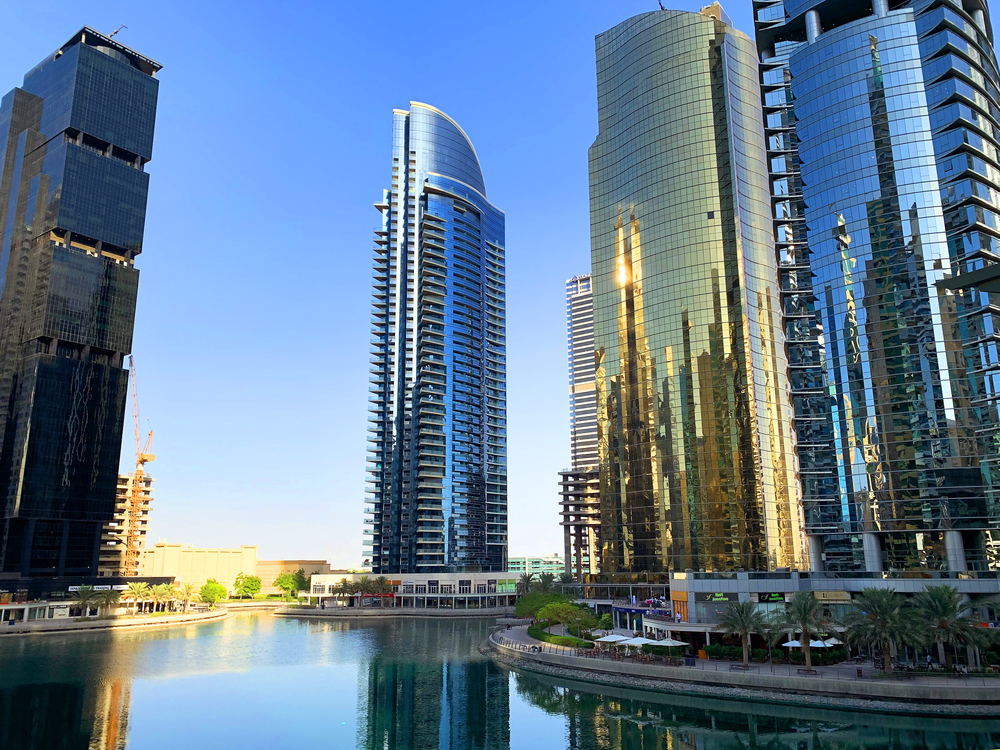
Though it has not yet been constructed, the ambitious Dynamic Tower project in
Dubai was proposed as a revolutionary 80-story skyscraper with independently
rotating floors. The original design envisioned each floor completing a full revolution
every 90 minutes, powered by wind turbines integrated between the floors.
While this innovative concept captured global attention when announced in 2008, it represents the boundless architectural imagination rather than the current reality.
Piano House, Huainan
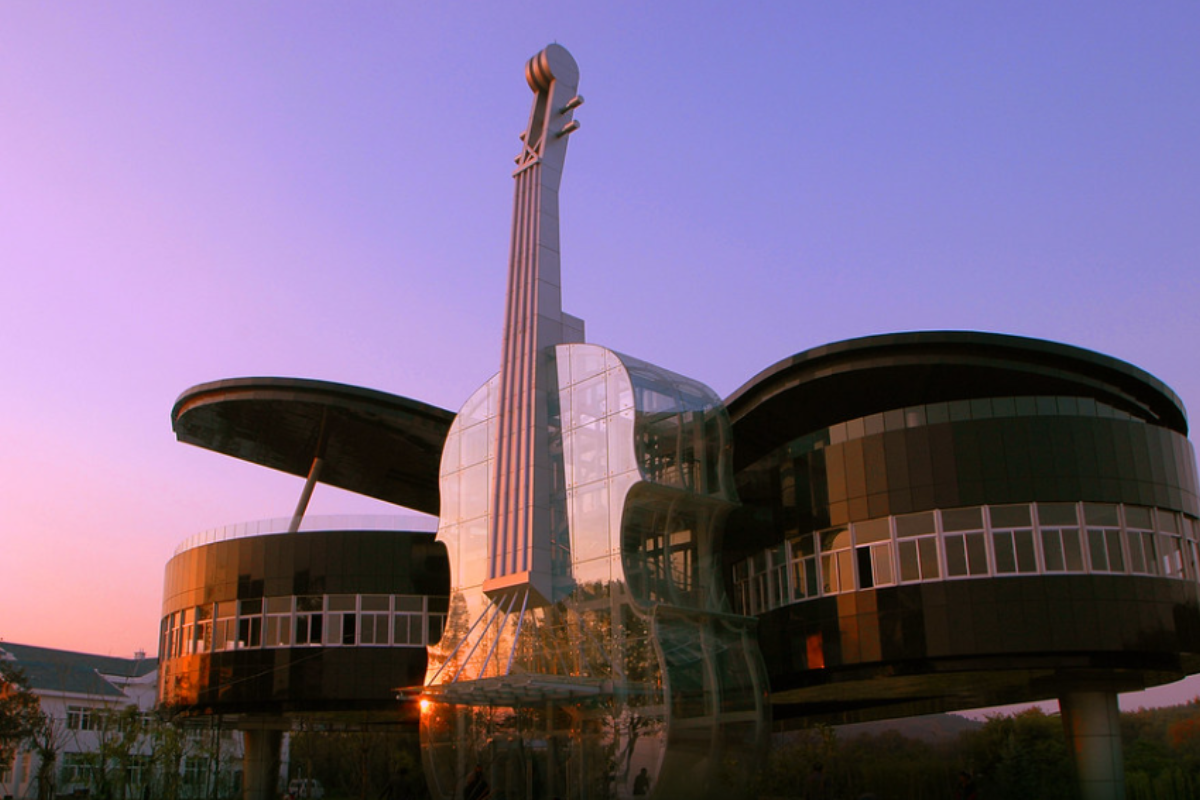
China’s Piano House in Huainan combines a violin-shaped entrance with a grand
piano-shaped main structure, creating a musical architectural duet. The violin serves
as an escalator and entrance, while the piano houses exhibitions related to music
and art.
The building’s dramatic scale and unique design make it a cultural landmark that celebrates the universal language of music.
Aqua Tower, Chicago
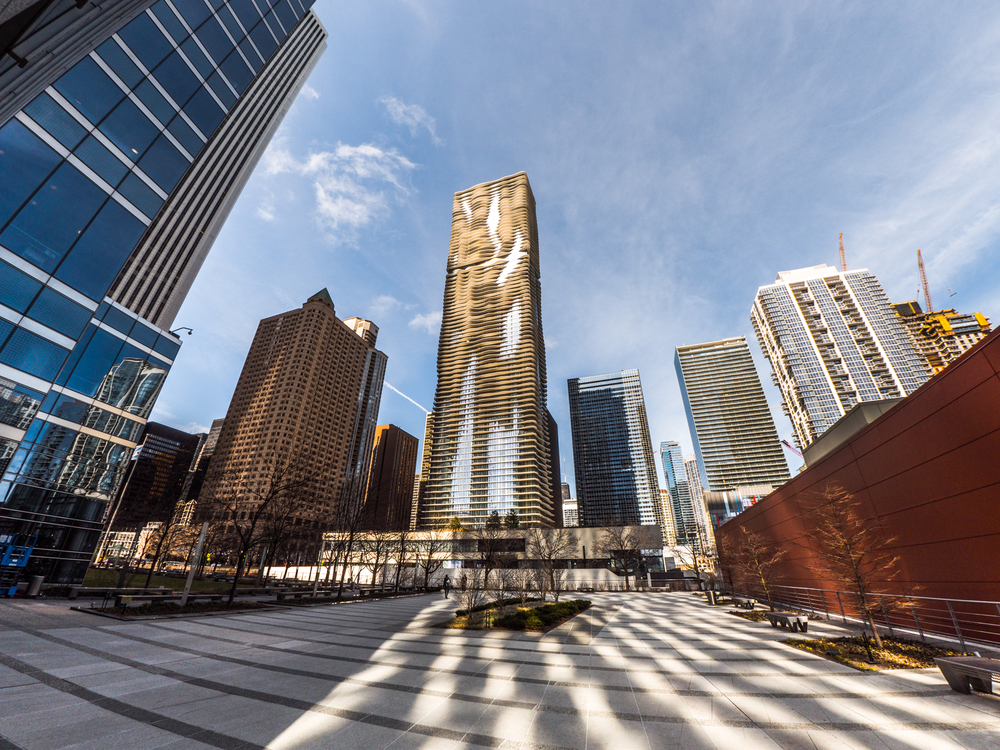
The Aqua Tower in Chicago features undulating balconies that resemble rippling
water frozen in time. The wave-like exterior serves aesthetic and functional
purposes, disrupting wind forces around the building while creating unique views
from each floor.
Its organic appearance contrasts dramatically with traditional rectangular skyscrapers, proving that high-rise architecture can be beautiful and efficient.
Like Travel Pug’s content? Follow us on MSN.
Mjøstårnet, Norway
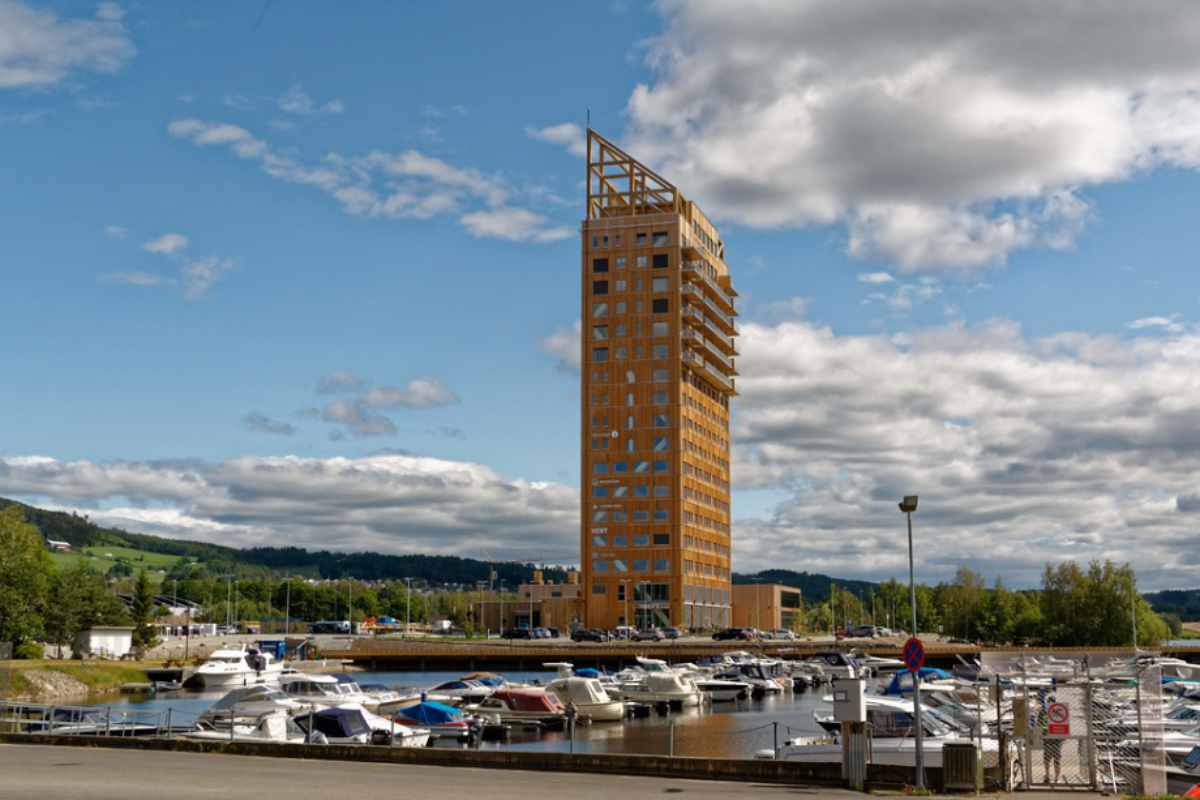
The Mjøstårnet in Norway stands as the world’s tallest timber building, challenging
conventional notions about wooden construction. The structure uses engineered
wood products to achieve its impressive height while maintaining structural integrity
and fire safety.
Its sustainable design demonstrates how traditional materials can be reimagined for modern architectural challenges.
Blur Building, Switzerland
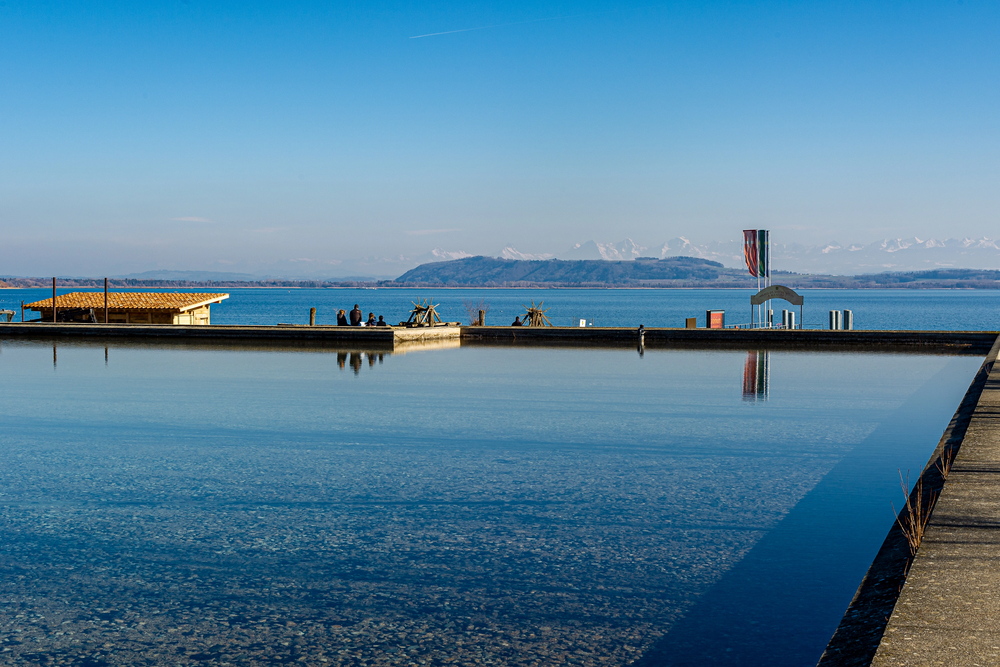
The Blur Building in Switzerland is an artificial cloud hovering over Lake Neuchâtel,
created by thousands of high-pressure water nozzles. The structure’s steel framework disappears within the artificial fog, creating an ethereal architectural experience that changes with weather conditions.
This temporary pavilion challenged the very notion of what constitutes a building.
Henderson Waves, Singapore
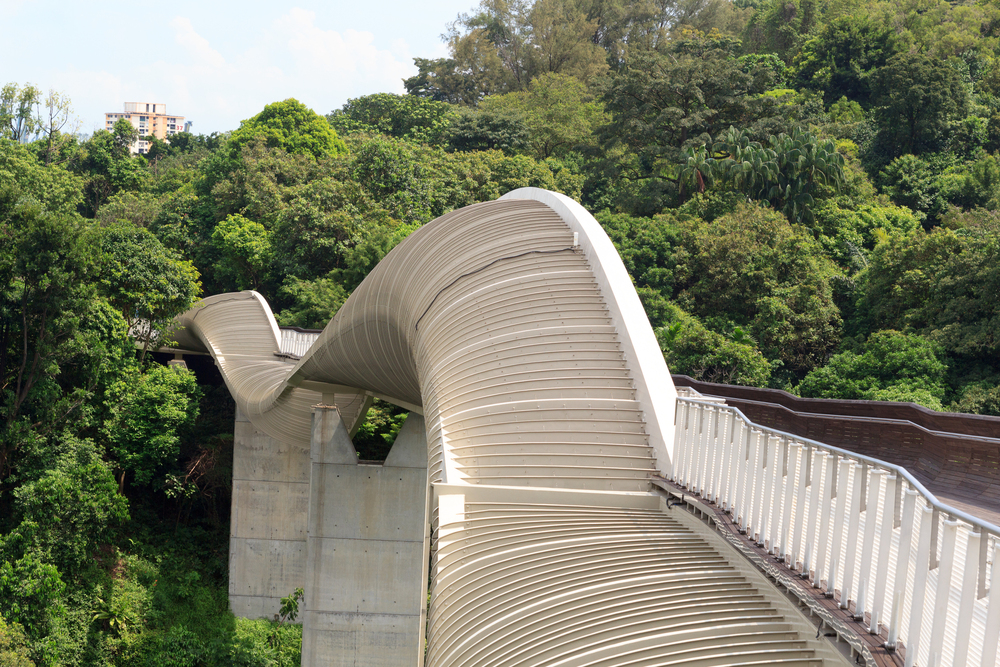
Singapore’s Henderson Waves pedestrian bridge undulates through the canopy with
dramatic curves that mimic natural wave formations. The bridge’s distinctive wave-
like structure, curved steel ribs, and natural wood decking rise 118 feet above
ground level to create functional crossing points and intimate gathering spaces.
This architectural marvel demonstrates how infrastructure can transcend its basic function to become an iconic landmark that harmonizes with its natural surroundings.
Like Travel Pug’s content? Follow us on MSN.
Pixel Building, Melbourne
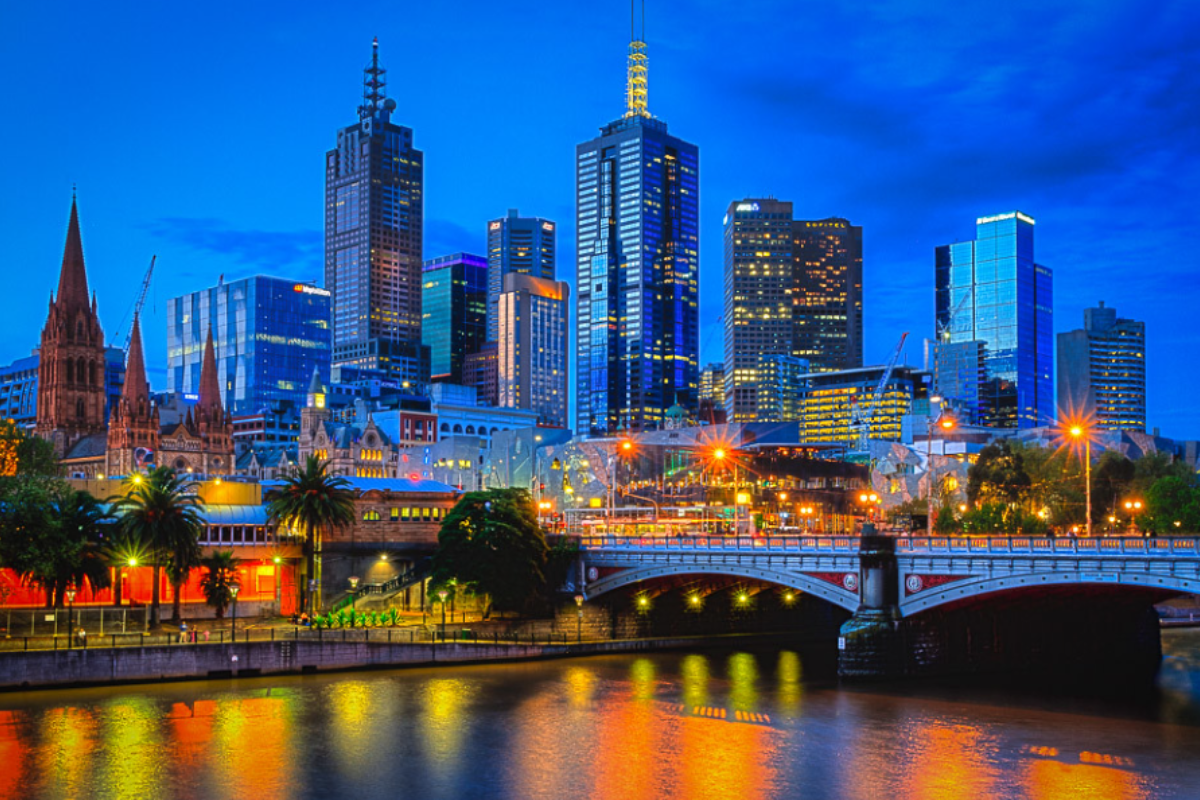
Melbourne’s Pixel Building features a facade of colorful panels that appear to shift
and change depending on the viewing angle and time of day. The structure achieves
carbon-neutral operation through various sustainable technologies integrated into its
distinctive design.
Its fragmented appearance represents a new approach to sustainable architecture that celebrates rather than conceals its environmental features.
Ice Hotel, Sweden
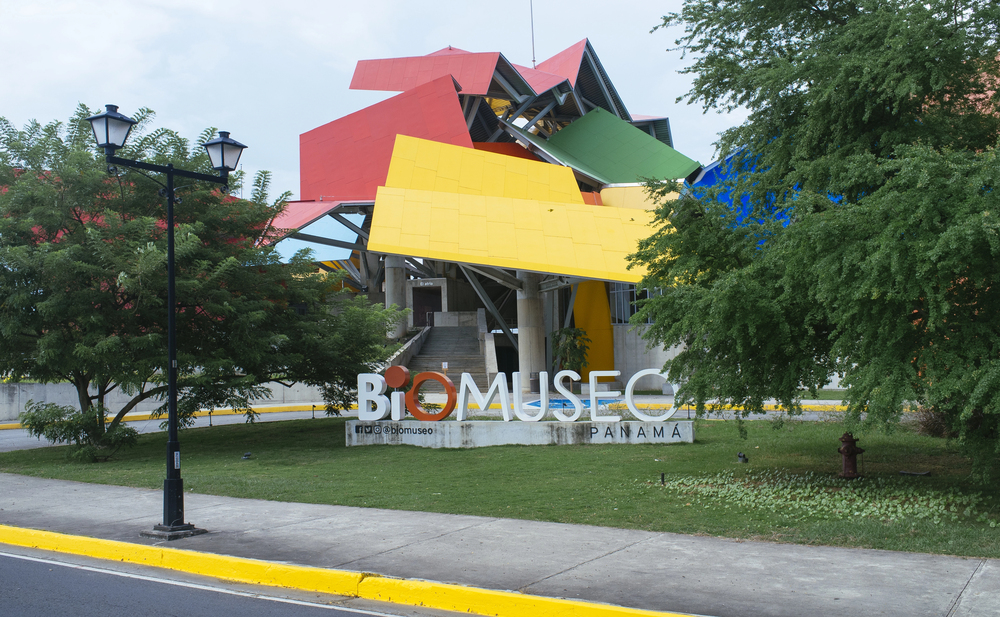
Sweden’s Ice Hotel recreates itself annually using ice harvested from the Torne
River, featuring rooms carved by different artists each season. The structure
maintains temperatures below freezing through careful engineering while creating
stunning sculptural spaces that melt away each spring.
This temporary architecture challenges our assumptions about permanence in building design.
Biomuseo, Panama
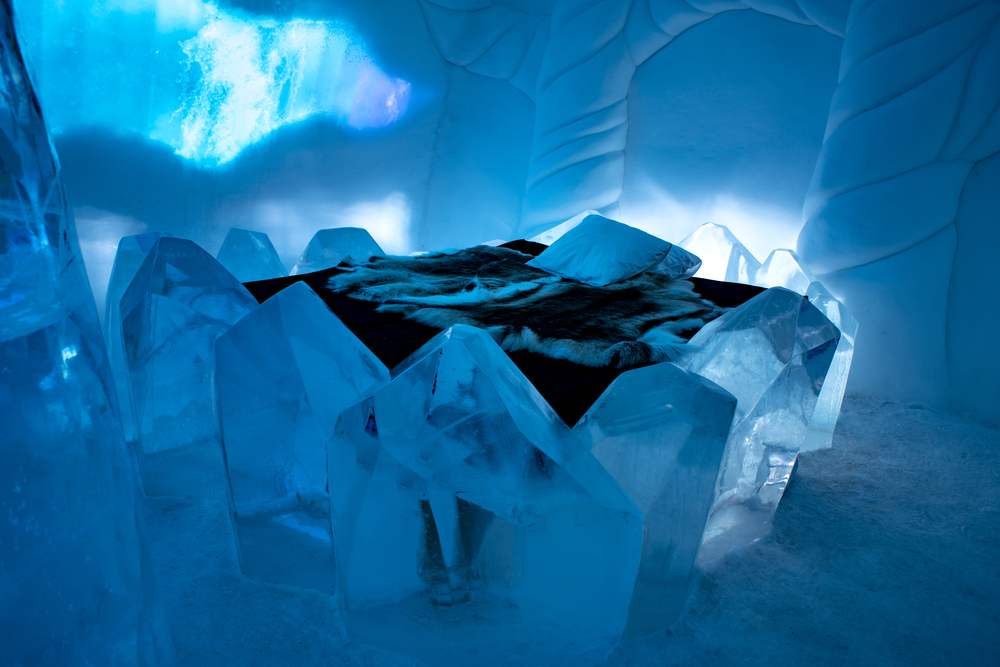
Panama’s Biomuseo features a riot of folded metal forms in bright colors that reflect
the country’s biodiversity and cultural vibrancy. The building’s dramatic angles and
intersecting planes create spaces that tell the story of Panama’s natural history.
Its design represents Frank Gehry’s first work in Latin America and is a bold statement
about the relationship between architecture and the environment.
Like Travel Pug’s content? Follow us on MSN.
Yellow Treehouse Restaurant, New Zealand
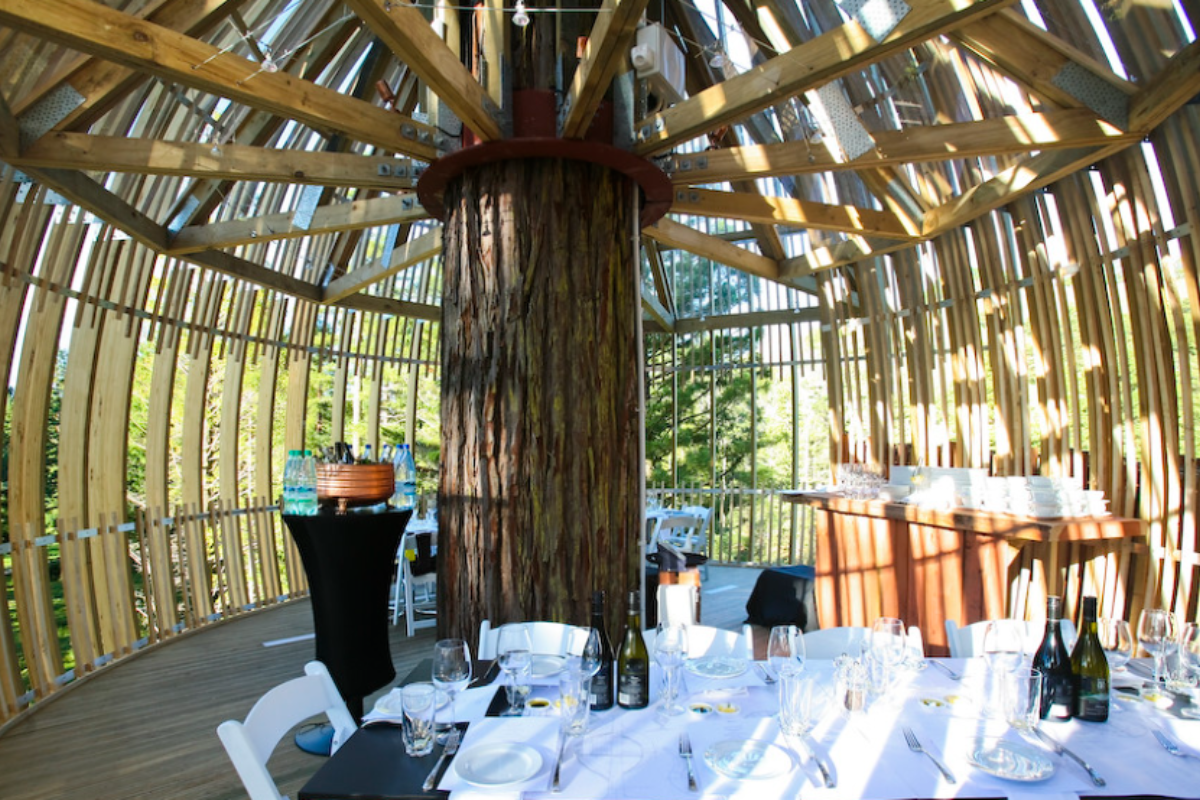
The Yellow Treehouse Restaurant in New Zealand wraps around a mature redwood
tree, creating a cocoon-like dining space accessed by a spiral walkway. The
structure’s organic form grows from the tree, while its transparent sections immerse diners in the forest canopy.
This unique design demonstrates how architecture can enhance rather than compete with natural surroundings.
Federation Tower, Moscow
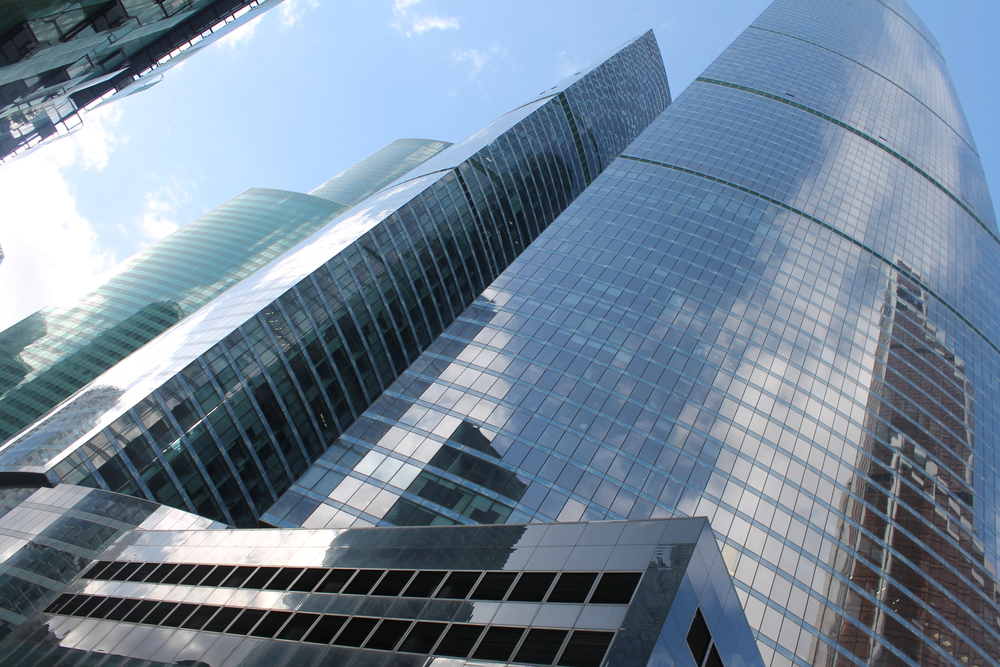
Moscow’s Federation Tower features a crystalline facade that creates ever-changing
reflections throughout the day while its geometric patterns seem to slice into the sky.
The complex angular forms and prismatic surfaces transform the building from a
solid mass into a dynamic presence that responds dramatically to different lighting
conditions.
Its innovative design demonstrates how modern materials and geometric precision can create architecture that continuously evolves with environmental conditions.
Architectural Innovation Reshapes Our Built Environment

These extraordinary structures push the boundaries of what we consider possible in
architectural design, challenging our perceptions and inspiring future generations of
architects.
From buildings that dance to those that seem to defy gravity, each example
represents a unique vision of how we can reshape our built environment. As
technology advances and creative boundaries expand, we can only imagine what
bizarre and beautiful architectural wonders await.
Like Travel Pug’s content? Follow us on MSN.
More from Travel Pug

- 15 Dangerous European Cities to Avoid
- 15 Caribbean Islands Where Tourists Keep Getting Scammed
- The 20 Most Fascinating Abandoned Places: A Journey Through Time and Forgotten Spaces
- 15 Hidden Places in the Smithsonian Museums Locals Love: A Guide to Lesser-Known Treasures
- 16 Hidden Florida Beach Towns That Aren’t Overrun with Tourists
Like Travel Pug’s content? Follow us on MSN.
